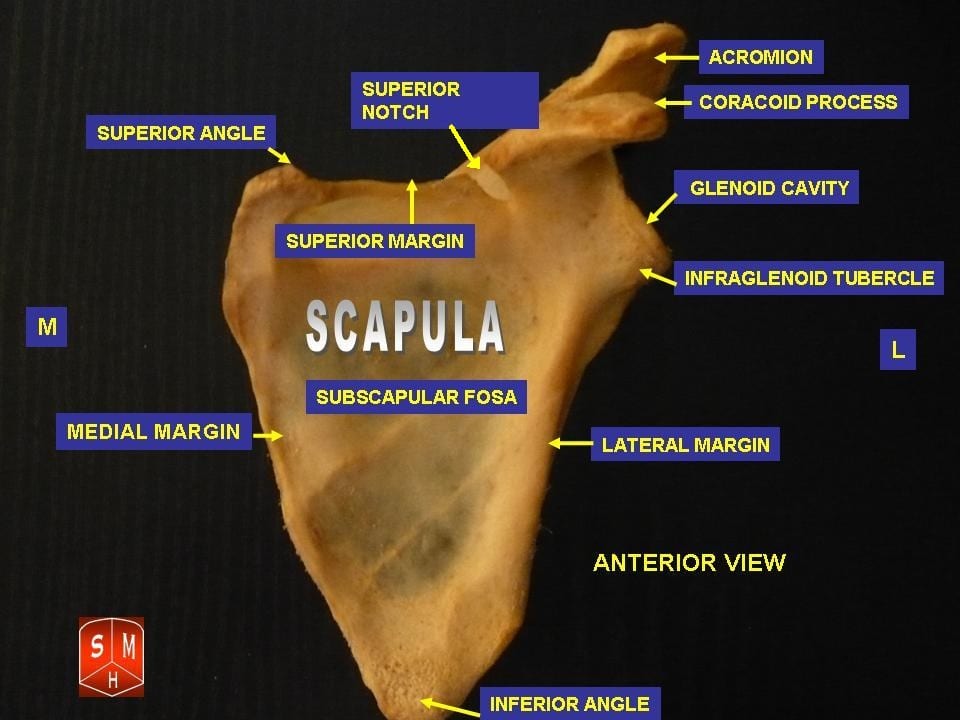Zimmer Biomet’s Class One Recall of the Reverse Shoulder Implant
In December 2016 Zimmer issued a Class one recall of its Comprehensive Reverse Shoulder Implant System Humeral Tray. Zimmer received 510(K) clearance to market this device in 2008. According to the FDA’s Recall Database, approximately 300 lots of the shoulder implant are being recalled because of a higher than anticipated rate of fracture due to design. In other words, too many of them are breaking after being implanted. The fracture of any orthopedic device typically results in the need for emergent, premature revision surgery. Although no orthopedic implant is perfect, a consumer should be able to assume that a responsible company’s robust design and manufacturing process would ensure that the device should not break. But, as we are seeing all too often, the “me too” 510(K) clearance process allows companies to self-police with virtually no oversight from the FDA.
Over the past ten years, orthopedic device manufacturers have sold a number of defective products resulting in the need for premature and unnecessary revision surgery. Although patients with failed hip or knee implants can have terrible complications from revision surgery, many do well. The human hip and knee have ample bone stock on both the hip and leg bones to accommodate a second replacement device. The revising surgeon has the ability to simply drill bigger holes and place larger revision implants. As long as the device failure did not cause substantial muscle or soft tissue damage prior to revision, many patients can do well following revision.

By Anatomist90 (Own work www.anatomyumftm.com) [CC BY-SA 3.0], via Wikimedia Commons
What that means for a patient who suffers a fracture of the shoulder side component or “base plate” is that the screws must be removed. This leaves large holes in the scapula, making it extremely challenging for the surgeon to put a replacement implant in place. There just is not much bone to work with. As a result, the probability that the patient’s revision shoulder replacement will last very long is not good. There’s no bone left to hold it in place.
Since Zimmer Biomet’s recall is for fracture of the base plate, there is no option but to remove the screws and replace that portion of the device. For patients who suffer this unfortunate and preventable failure, all hope of having a successful and long-term shoulder implant is lost. You essentially have one shot to get a complete shoulder replacement right. Device fracture ruins that chance and leaves the patient facing the potential of a life of disability.
Share This


